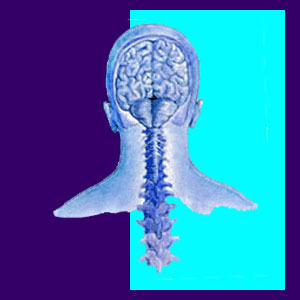
Tension myositis pain is one of the least universally recognized and most misunderstood types of chronic suffering. This is extremely ironic, since mindbody disorders are universal in humankind, with the only differences being the expression, location, severity and duration of symptoms from person to person. I have never met a person who was completely unaffected by their emotions and I will speculate that a person such as this has never existed… Not now. Not ever.
Tension myoneural syndrome (TMS) is a condition that affects millions of patients around the world. It is a neuromuscular pain syndrome that is created by a psychological process, as opposed to a physical structural causation. The vast majority of patients with tension myositis never find relief due to the lack of an accurate diagnosis. Most are theorized to be suffering from some coincidental structural issue, while the real source of pain resides solely in the mind, not the body.
This dialog explores the pain associated with TMS and why this pain is seldom recognized for its true nature.
Tension Myositis Symptoms
TMS is a condition that affects each patient in a different way. The majority of victims have pain in the lower back. Many might experience pain in the neck, middle back, shoulder, hip, wrist, knee or any other area of the body. While back pain is often the primary symptom of TMS, many patients also display additional symptoms and pain syndromes in other bodily systems.
It is crucial to remember that not all patients suffer physical pain. Some have alternative expressions ranging from purely physical symptoms, such as burning, tingling, numbness or weakness to mindbody combination syndromes like OCD, depression and anxiety.
Additional information on these substitute pain conditions can be found in our resource section titled psychologically-induced pain syndromes.
Causes of Tension Myositis Pain
The actual physical symptoms are typically caused by a regional process called ischemia. This oxygen deprivation of a diversity of bodily tissues is purposefully enacted by the patient’s subconscious mind.
The mind uses the pain as a defense mechanism against unresolved and repressed sensitive emotional issues. Physical pain makes a great distraction, since it really holds the patient’s attention and becomes the focus of the patient’s conscious thoughts.
There is certainly the possibility that many other processes can be used to enact symptoms utilizing the autonomic system, the endocrine system and the circulatory system, as well as others. These causative mechanisms are being actively studied, since we now know that the mind can and does influence every single system in the anatomy for both benefit and detriment.
Tension Myositis Pain is Real Pain
Most patients with TMS never know they are actually suffering from a mindbody syndrome. They work their way through the medical and alternative healthcare systems with little or no success. They often try many therapies with mediocre or poor results. Their doctors are usually puzzled by their treatment-defiant pain and often resort to providing symptomatic treatment only. The patient continues to suffer for years and truly learns the meaning of the word frustration.
I suffered with TMS pain for 18 years without knowing it. My pain was blamed on a variety of back pain scapegoats, including lumbar degenerative disc disease and a couple of herniated discs in my lower back. Lucky for me, I was able to discover the real nature of my pain and find a cure. This wonderful revelation greatly increased my desire to help others to find the same relief from their suffering.
To summarize this essay, TMS pain can take many forms and might strike numerous anatomical locations. Pain might exist along with other physical or psychoemotional symptoms, but the causation always resides within the substance of the mind. Finally, TMS pain might be the very worst agony you might ever suffer in your life. Just because the pain is not related to a structural cause, injury or disease does not diminish its fury. In fact, clinicians who treat TMS often cite that patients symptomologies exceed the limits of most structurally-motivated pain conditions many times over.
Back Pain > Tension Myositis Syndrome > Tension Myositis Pain




